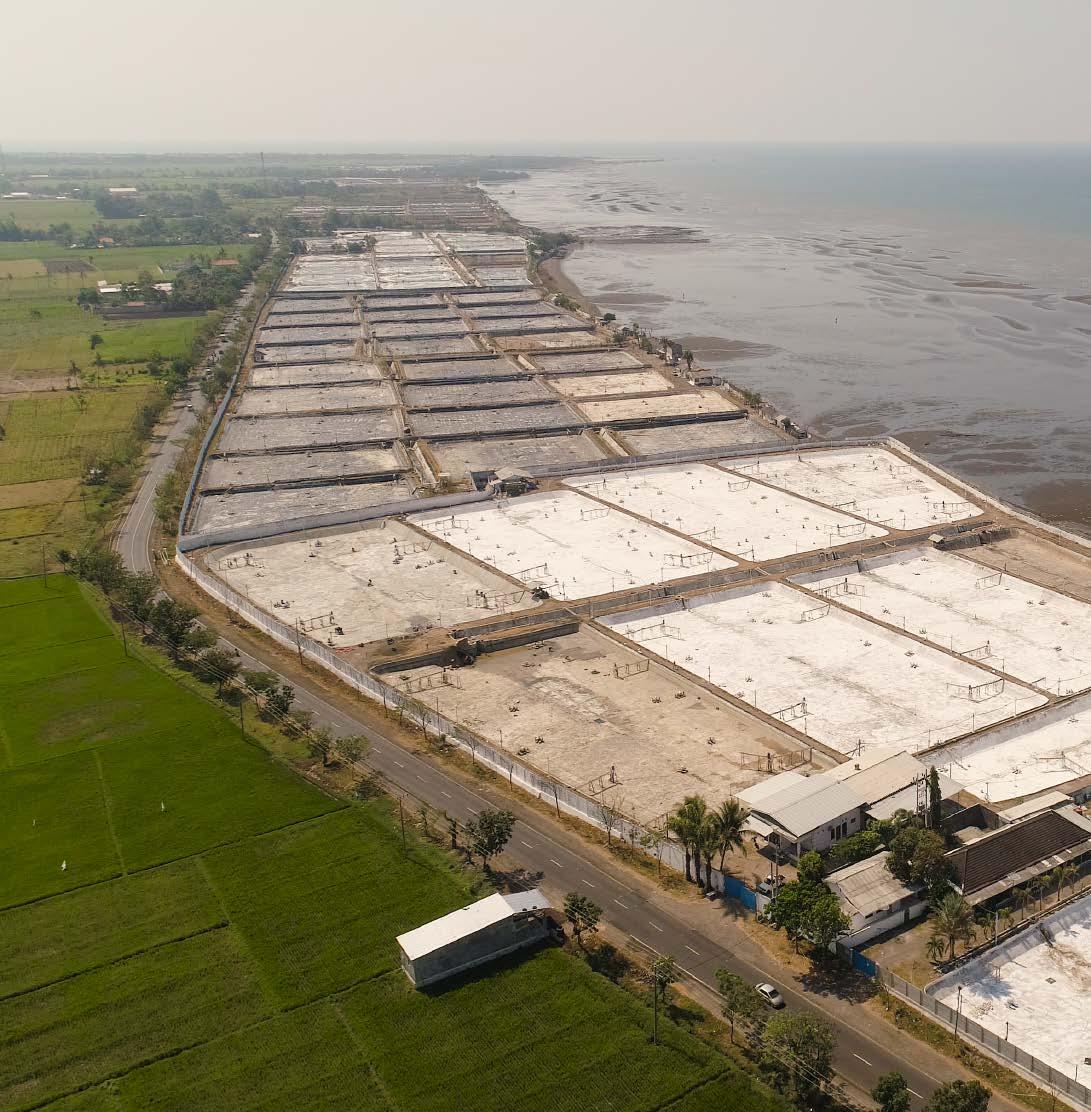ARTICLE
Are we making the same mistake again?
The redclaw crayfish, a prominent aquaculture species introduced worldwide By: Francisco J. Oficialdegui, Phillip J. Haubrock, and Antonín Kouba *
The redclaw is a parastacid crayfish endemic to the tropical and subtropical freshwater ecosystems of north-eastern Australia and southern New Guinea. Given its broad environmental tolerance, fast growth, early maturation, high fecundity, gregariousness, general non-burrowing behavior as well as a high yield of ‘tasty meat’, it has become a target species for the aquaculture industry and pet trade. There are many known cases of species that have been moved elsewhere and have subsequently caused environmental and socio-economic problems in introduced areas. This review developed by researchers from Spain, Germany and the Czech Republic addresses many of the aspects related to this prominent aquaculture species and its potential environmental and socio-economic impacts.
F
or centuries, humans have moved species from one place to another – far outside their native ranges. In the last decades, these translocations have been increased enormously due to globalization; this has led to the rise of the invasion biology discipline. Nowadays, there are many known cases of species that have been moved elsewhere and have subsequently caused environmental and socio-economic problems in introduced areas. In the particular case of translocated crayfish species, what happened with the signal crayfish Pacifastacus leniusculus, and the red swamp crayfish Procambarus clarkii (i.e., broadly translocated across the globe to substitute the demand of declining native crayfish populations, and being used for aquaculture purposes, stocks, or for their capture into the wild), should
30 »
serve as an example and warning of the dire consequences (see Petrusek et al., 2017; Oficialdegui et al., 2020). However, the case of the redclaw continues and –perhaps goes even further. In our recent review (Haubrock et al., 2021), we addressed many of the aspects related to this prominent aquaculture species and its potential environmental and socio-economic impacts.
The redclaw, a prominent crayfish species The redclaw (also called red claw, red-claw, with or without the prefix ‘Australian’ or ‘Queensland’; redclaw yabby; tropical crayfish; tropical blue crayfish; and blue lobster) is a parastacid crayfish (Decapoda: Astacidea: Parastacidae) endemic to the tropical and subtropical freshwater ecosystems of north-eastern Australia and southern New Guinea (Figure 1).
In its native range, redclaw often inhabits a wide range of habitats such as running waters, slow-moving streams, ponds, lakes, and lagoons. With generalist feeding habits, this crayfish species can, under optimal conditions, reach a size of up to ~25 cm and a weight of over 600 g, albeit wild individuals often remaining smaller. It reaches sexual maturity around nine months and a weight of 150 g. Females can spawn 500 eggs on average, and their maximum life span is four to five years. Most individuals are blue to bluish-green or olive-green, but several color morphs exist in the aquarium trade (see exhaustive review in Haubrock et al., 2021). Given its broad environmental tolerance, fast growth, early maturation, high fecundity, gregariousness, general non-burrowing behavior as well as a high yield of ‘tasty meat’, not only make redclaw a keystone species within freshwater FEBRUARY - MARCH 2021









